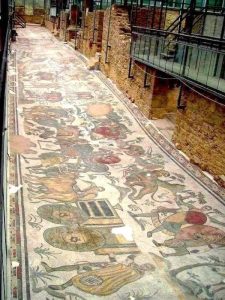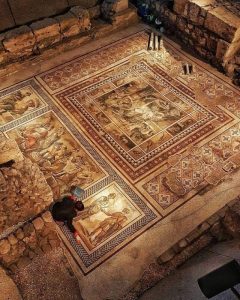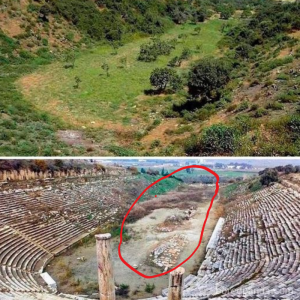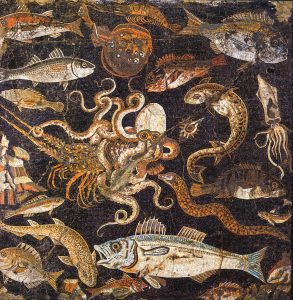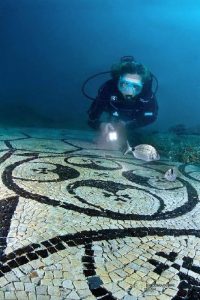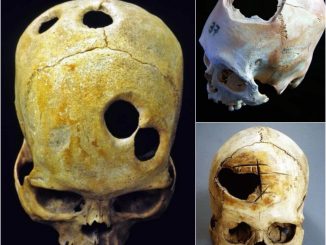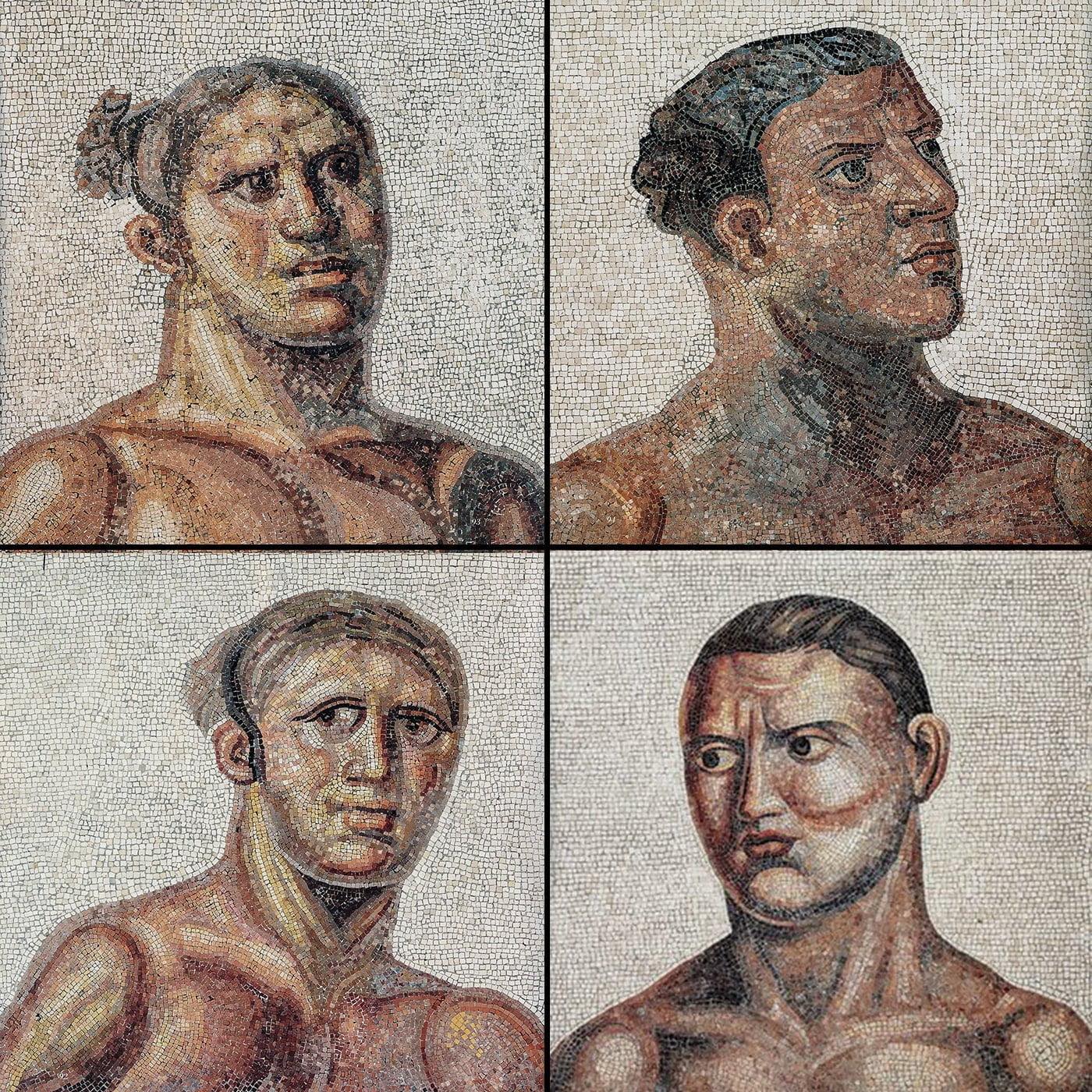
In the heart of Rome, within the grandeur of the Baths of Caracalla, lies a remarkable testament to the athletic prowess and artistic mastery of the ancient Romans—a magnificent mosaic that captures the essence of athleticism in stunning detail. Discovered in 1824 and now housed within the Vatican Museums, this extraordinary work of art offers a captivating glimpse into the world of ancient sports and leisure. As we explore the faces immortalized in this ancient mosaic, we embark on a journey through time to uncover the enduring legacy of Roman athleticism and artistic expression.
Unveiling the Masterpiece of the Baths of Caracalla
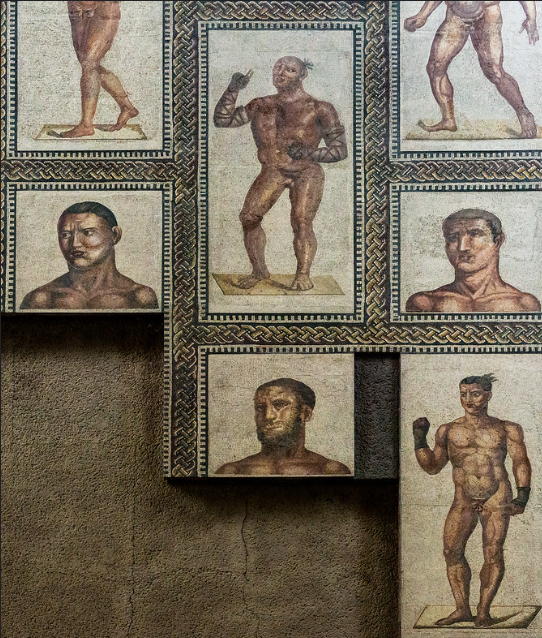
The mosaic found in the Baths of Caracalla is a breathtaking example of Roman craftsmanship and artistic ingenuity. Spanning the exercise area of the baths, this intricate floor mosaic depicts a scene of athletic competition, with finely detailed depictions of muscular athletes engaged in various sporting activities. Each face portrayed in the mosaic is rendered with remarkable realism, capturing the intensity and concentration of the athletes as they engage in their chosen pursuits. From wrestlers locked in combat to runners sprinting towards the finish line, the mosaic breathes life into the ancient world of sport.
The discovery of the mosaic in 1824 was met with awe and admiration, as archaeologists and art enthusiasts marveled at its exquisite beauty and historical significance. The meticulous craftsmanship and attention to detail exhibited in the mosaic speak to the skill and dedication of the ancient artisans who created it. Through the careful arrangement of tesserae, or small pieces of colored stone, the artists were able to convey a sense of movement, vitality, and emotion, bringing the scene to life in vivid detail.
As we gaze upon the faces of the athletes immortalized in the mosaic, we are transported back to a time when physical fitness and athletic competition were celebrated as integral aspects of Roman culture. The mosaic serves as a reminder of the importance placed on health, strength, and endurance in ancient society, as well as the artistic achievements of the Roman people. Through the preservation and study of artifacts like the Baths of Caracalla mosaic, we gain a deeper understanding of the customs, values, and daily life of the ancient world.
Preserving the Legacy of Roman Art and Athletics
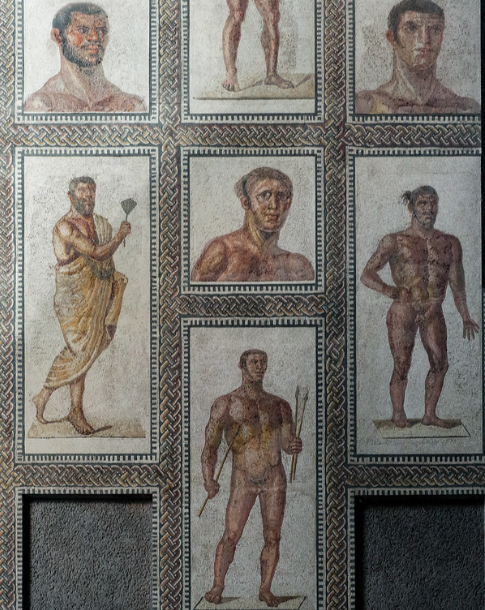
The mosaic discovered in the Baths of Caracalla stands as a testament to the enduring legacy of Roman art and athleticism. Its exquisite craftsmanship and timeless beauty continue to captivate and inspire viewers centuries after its creation. As we marvel at the faces of the athletes depicted in the mosaic, we are reminded of the rich cultural heritage of the ancient Romans and the lasting impact of their artistic achievements. Through the preservation and study of artifacts such as this mosaic, archaeologists and historians continue to unravel the mysteries of the past and shed light on the vibrant tapestry of human history.
Unraveling the Mysteries of the Ancient World
The discovery and preservation of the mosaic from the Baths of Caracalla exemplify the importance of archaeology in uncovering the secrets of the ancient world. Through meticulous excavation and analysis, archaeologists are able to piece together the stories of past civilizations, revealing insights into their art, architecture, and daily life. As we delve into the depths of history, we gain a greater appreciation for the ingenuity, creativity, and cultural achievements of our ancestors. Archaeology serves as a window into the past, allowing us to connect with the people and events that shaped the world we inhabit today.
